
Rangiroa: The Jewel of French Polynesia
Discover Rangiroa, French Polynesia's stunning atoll paradise. Dive into crystal-clear waters, explore vibrant coral reefs, and relax on serene beaches in this tropical haven.
Nestled in the heart of the South Pacific, Rangiroa is a stunning atoll in French Polynesia. It is one of the largest atolls in the world, boasting a vibrant lagoon that seems to stretch endlessly. The crystal-clear waters are teeming with marine life, making it a diver's paradise. Whether you're an experienced diver or a beginner, the underwater wonders of Rangiroa will leave you in awe. The famous Blue Lagoon and the Tiputa Pass are must-visit spots for their breathtaking beauty and thrilling marine encounters. Beyond its aquatic allure, Rangiroa offers a peaceful retreat with its serene beaches, swaying palm trees, and friendly local culture. Visitors can explore charming villages, sample delicious Polynesian cuisine, and experience the traditional way of life. The atoll's unique landscape, with its coral reefs and motus (small islets), provides a picturesque backdrop for relaxation and adventure alike. Rangiroa is more than just a destination; it is an experience that captures the essence of tropical paradise. Whether you're basking in the sun on a secluded beach, exploring vibrant coral gardens, or savoring fresh seafood, Rangiroa promises a memorable escape from the hustle and bustle of everyday life.
Local tips in Rangiroa
- Visit Tiputa Pass during the incoming tide for the best chance to see dolphins.
- Rent a bicycle to explore the island at your own pace.
- Try the local specialty, Poisson Cru, a delicious raw fish dish marinated in coconut milk and lime.
- Plan a day trip to the Blue Lagoon for a secluded and picturesque experience.
- Bring plenty of sunscreen and insect repellent for your comfort.
- Respect the local customs and traditions; always ask for permission before taking photos of people.
Rangiroa: The Jewel of French Polynesia
Nestled in the heart of the South Pacific, Rangiroa is a stunning atoll in French Polynesia. It is one of the largest atolls in the world, boasting a vibrant lagoon that seems to stretch endlessly. The crystal-clear waters are teeming with marine life, making it a diver's paradise. Whether you're an experienced diver or a beginner, the underwater wonders of Rangiroa will leave you in awe. The famous Blue Lagoon and the Tiputa Pass are must-visit spots for their breathtaking beauty and thrilling marine encounters. Beyond its aquatic allure, Rangiroa offers a peaceful retreat with its serene beaches, swaying palm trees, and friendly local culture. Visitors can explore charming villages, sample delicious Polynesian cuisine, and experience the traditional way of life. The atoll's unique landscape, with its coral reefs and motus (small islets), provides a picturesque backdrop for relaxation and adventure alike. Rangiroa is more than just a destination; it is an experience that captures the essence of tropical paradise. Whether you're basking in the sun on a secluded beach, exploring vibrant coral gardens, or savoring fresh seafood, Rangiroa promises a memorable escape from the hustle and bustle of everyday life.
When is the best time to go to Rangiroa?
Iconic landmarks you can’t miss
Hotel Kia Ora Resort & Spa
Experience bliss in French Polynesia at Hotel Kia Ora Resort & Spa, where luxury meets nature in a stunning tropical setting.

The Six Passengers
Experience the thrill of diving in the stunning waters of Baie de Ohutu at The Six Passengers, a premier diving center in French Polynesia.
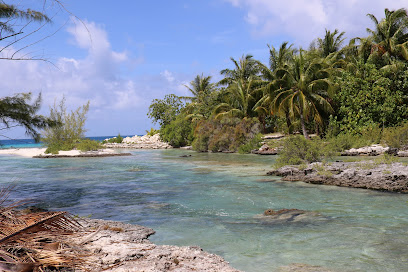
Les relais de Joséphine
Experience the serene beauty and local charm of Rangiroa at Les Relais de Joséphine, your ideal guest house escape in French Polynesia.

Hotel Maitai Rangiroa
Experience the beauty and tranquility of Rangiroa at Hotel Maitai, your perfect resort escape in the heart of French Polynesia.

Rangiroa Diving Center
Experience the underwater wonders of Rangiroa at Rangiroa Diving Center, where adventure meets breathtaking marine beauty in French Polynesia.
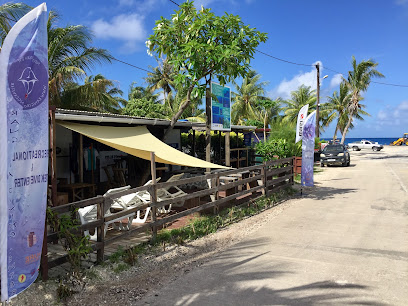
Topdive Rangiroa
Experience the underwater wonders of Rangiroa at Topdive, where vibrant marine life and stunning dive sites await.
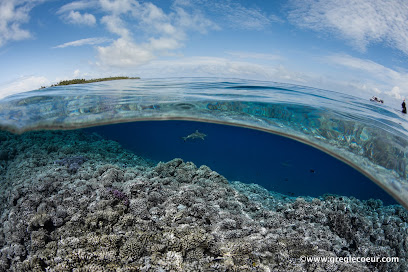
Pension Cécile
Experience the tranquil beauty of Rangiroa at Pension Cécile, your perfect self-catering escape in paradise.

Rangiroa Plongee
Experience unforgettable scuba diving adventures at Rangiroa Plongee, where vibrant reefs and diverse marine life await in stunning French Polynesia.
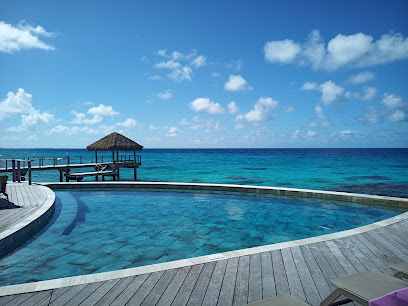
Gauguin's Pearl - Tahitian Pearl Farm
Discover the enchanting world of Tahitian pearls at Gauguin's Pearl in Rangiroa, where culture, craftsmanship, and beauty collide.
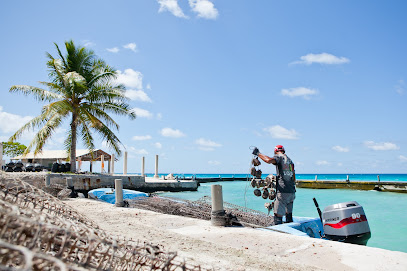
Le Coconut Lodge
Experience the serene beauty of Rangiroa at Le Coconut Lodge, a tranquil hotel surrounded by stunning landscapes and rich marine life.
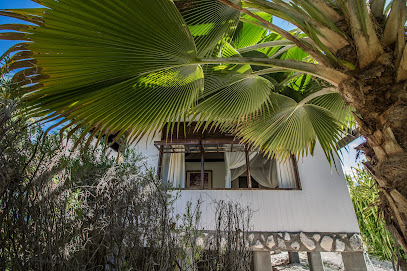
Snack Puna
Experience the flavors of Polynesia at Snack Puna, a delightful restaurant in Rangiroa, offering authentic dishes in a beautiful setting.
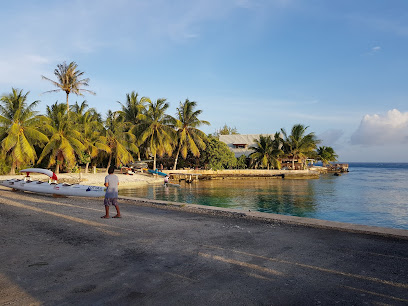
Raira Lagon Hotel
Discover the flavors of French Polynesia at Raira Lagon Hotel, where exquisite dining meets breathtaking ocean views in Rangiroa.
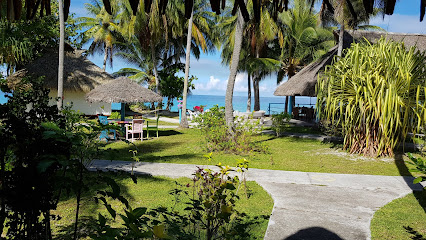
Rangiroa Excursion
Experience the breathtaking beauty of Rangiroa with unforgettable boat tours and vibrant marine life in the heart of French Polynesia.
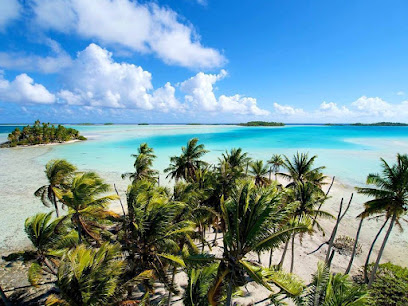
Pension Rangiroa Plage
Experience the beauty of Rangiroa at Pension Rangiroa Plage - a tranquil hotel offering comfort and adventure in paradise.

AOTERA GUEST HOUSE
Experience the beauty of Rangiroa at AOTERA GUEST HOUSE, where comfort meets local charm in the heart of French Polynesia's paradise.

Unmissable attractions to see
The Six Passengers
Explore the underwater paradise of Rangiroa at The Six Passengers, a top diving center in French Polynesia, offering unforgettable diving experiences.
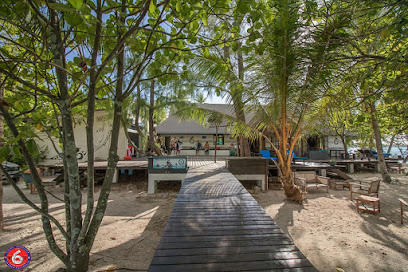
Topdive Rangiroa
Explore the breathtaking underwater paradise of Rangiroa with Topdive - the ultimate destination for diving enthusiasts in French Polynesia.
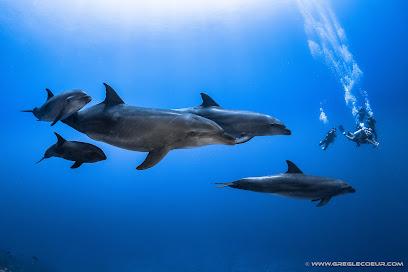
Y AKA Plongée RANGIROA
Discover the vibrant underwater world of Rangiroa with Y AKA Plongée, a premier dive club offering unforgettable diving experiences in French Polynesia.
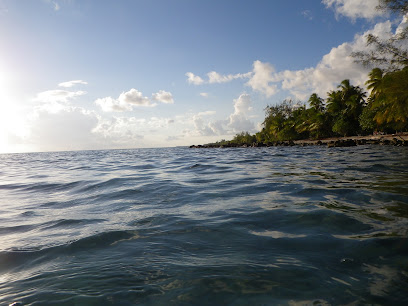
Rairoa Fishing And Tours
Discover the beauty of French Polynesia with Rairoa Fishing And Tours, where adventure meets relaxation in stunning blue lagoons and vibrant marine life.
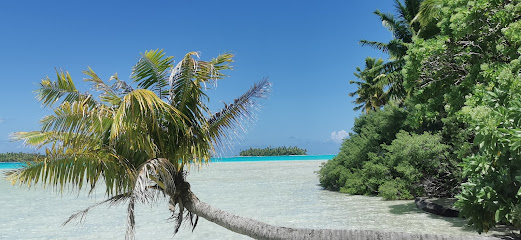
Paati Excursion - Léon
Explore the stunning marine life and vibrant culture at Paati Excursion in Rangiroa, French Polynesia, a tropical paradise for every traveler.
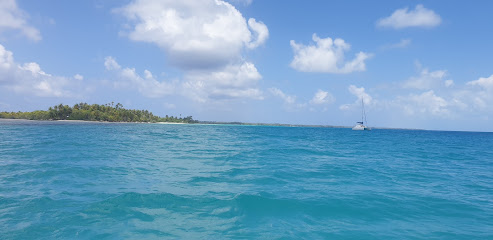
Gauguin's Pearl - Tahitian Pearl Farm
Explore the enchanting world of Tahitian pearls at Gauguin's Pearl farm, where beauty and craftsmanship meet in the heart of Rangiroa, French Polynesia.
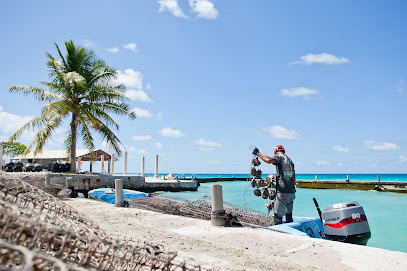
Le lagon bleu
Explore the enchanting Le Lagon Bleu in French Polynesia, a paradise of turquoise waters and stunning landscapes perfect for relaxation and adventure.

Orava Excursions
Discover the mesmerizing beauty of the Blue Lagoon at Orava Excursions in Rangiroa, a tropical paradise for all adventure lovers.

Rangiroa Excursion
Explore the breathtaking beauty of Rangiroa with unforgettable boat tours, snorkeling, and cultural experiences in French Polynesia's stunning atoll.
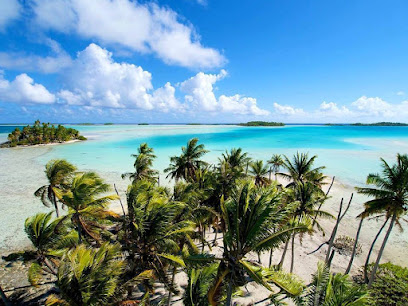
Tevaiti Tours Rangiroa
Discover the breathtaking lagoons and vibrant marine life of Rangiroa with Tevaiti Tours - your gateway to adventure in French Polynesia.
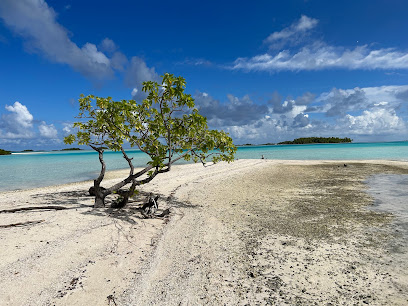
Lagon Bleu
Explore the stunning Lagon Bleu in French Polynesia, a tropical paradise of turquoise waters and vibrant marine life perfect for relaxation and adventure.
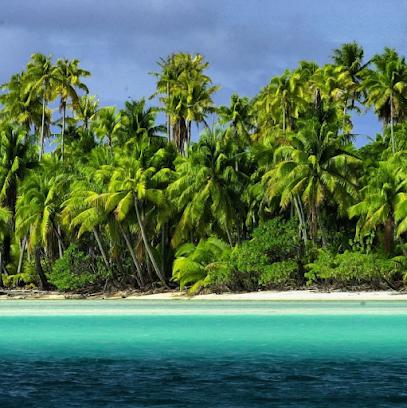
Plage publique rangiroa
Discover the serene beauty of Plage Publique Rangiroa, a stunning beach paradise in French Polynesia, perfect for relaxation and adventure.
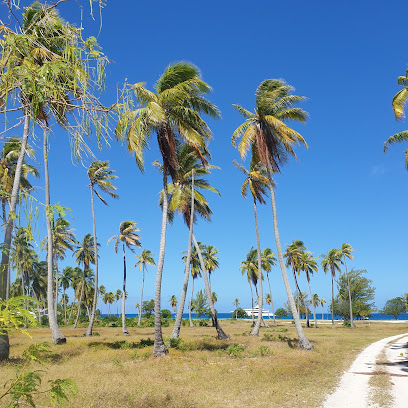
CCR Rangiroa
Explore the breathtaking underwater world of CCR Rangiroa, a top diving center in French Polynesia, perfect for all levels of divers.
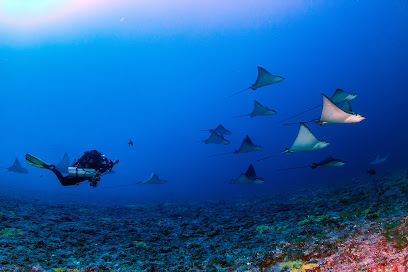
The reef island
Experience the serene beauty of The Reef Island in Rangiroa, a hidden paradise with stunning coral reefs and lush landscapes.
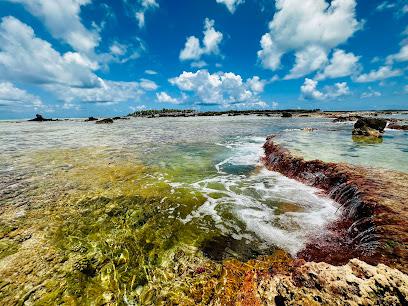
Motu One
Discover the enchanting Motu One in French Polynesia, a tropical paradise of pristine beaches and vibrant marine life, perfect for relaxation and adventure.
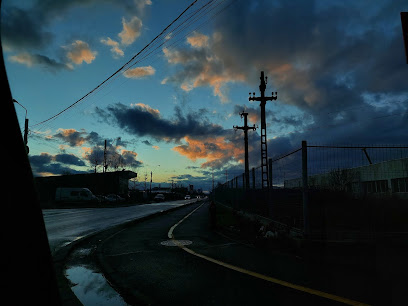
Essential places to dine
Hotel Kia Ora Resort & Spa
Experience luxury and tranquility at Hotel Kia Ora Resort & Spa in Rangiroa - your perfect escape in French Polynesia.

The Six Passengers
Explore vibrant marine life and stunning coral reefs with expert guidance at The Six Passengers diving center in beautiful French Polynesia.
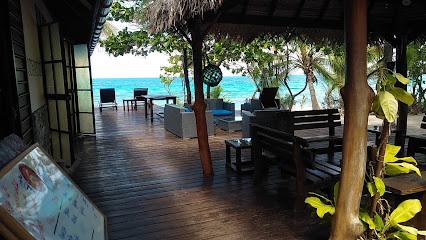
Les relais de Joséphine
Discover tranquility at Les Relais de Joséphine in Rangiroa – your gateway to exploring French Polynesia's stunning marine paradise.

Bounty Rangiroa | Lodge & Boutique Hotel
Discover tranquility at Bounty Rangiroa Lodge & Boutique Hotel - your serene escape in breathtaking French Polynesia.
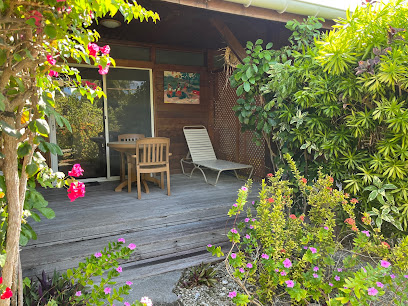
Snack Chez LiLi
Experience authentic French Polynesian cuisine at Snack Chez LiLi, where fresh seafood meets local flavors in a cozy setting.
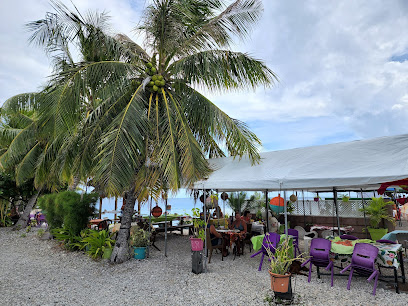
Hotel Maitai Rangiroa
Discover a tranquil paradise at Hotel Maitai Rangiroa in French Polynesia - your ultimate resort escape surrounded by stunning natural beauty.

Rangiroa Plongee
Experience unparalleled underwater adventures with Rangiroa Plongee - your gateway to exploring French Polynesia's stunning marine life.
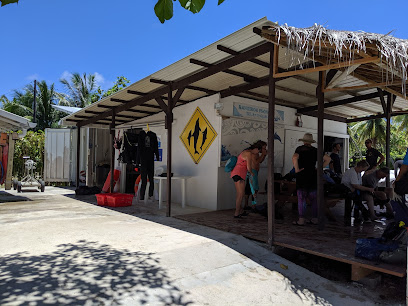
Chez Rua
Experience culinary bliss at Chez Rua, Rangiroa's premier fast food destination serving delicious meals infused with Polynesian flavors.
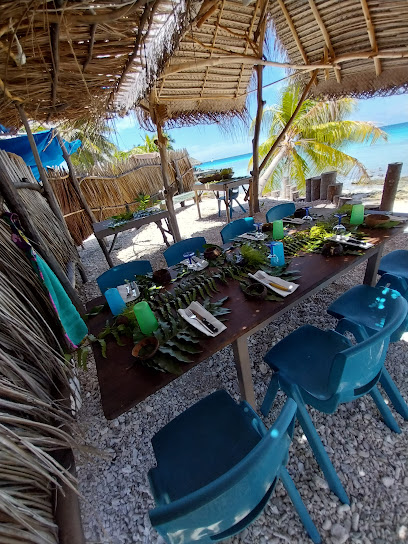
Gauguin's Pearl - Tahitian Pearl Farm
Experience the magic of Tahitian pearls at Gauguin's Pearl - where beauty meets craftsmanship in stunning Rangiroa.
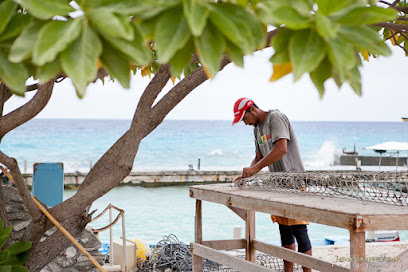
Le Coconut Lodge
Experience paradise at Le Coconut Lodge - your serene escape in Rangiroa with breathtaking views and unparalleled comfort.
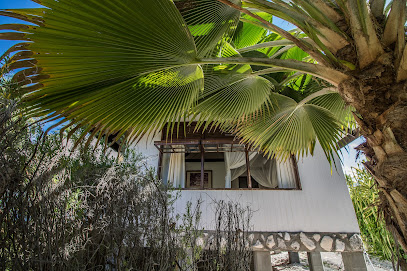
Snack Puna
Experience authentic Polynesian flavors at Snack Puna in Rangiroa – where every dish tells a story.
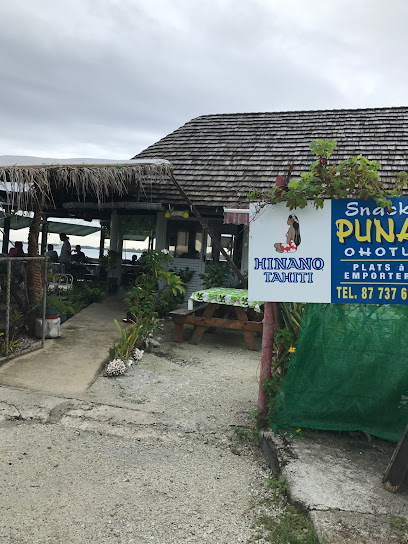
Raira Lagon Hotel
Experience exquisite dining at Raira Lagon Hotel in Rangiroa – where local flavors meet breathtaking lagoon views.
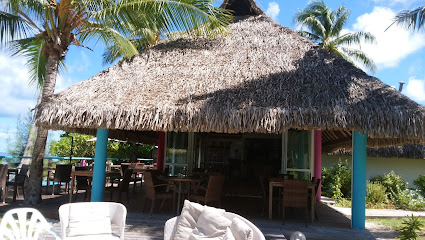
Pension Rangiroa Plage
Discover tranquility at Pension Rangiroa Plage – your gateway to stunning beaches and vibrant marine life in French Polynesia.

Va'a i Te Moana
Discover tranquility and authentic Polynesian hospitality at Va'a i Te Moana in beautiful Rangiroa, French Polynesia.
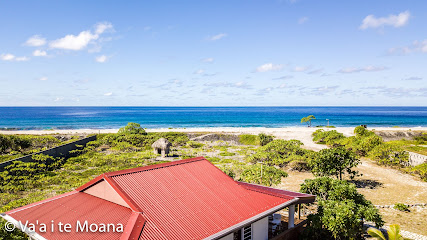
Pension Turiroa
Experience the tranquil beauty of Rangiroa at Pension Turiroa - your perfect inn getaway in French Polynesia.

Markets, malls and hidden boutiques
The Six Passengers
Explore the vibrant marine life of Rangiroa at The Six Passengers, a premier diving center in the heart of French Polynesia.
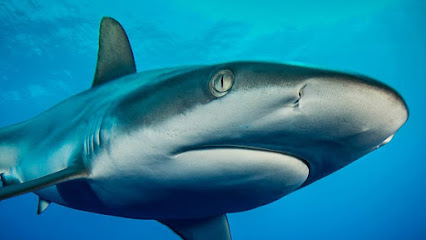
Bounty Rangiroa | Lodge & Boutique Hotel
Discover the serene beauty of Bounty Rangiroa, a boutique hotel offering unmatched comfort and access to the stunning marine life of French Polynesia.
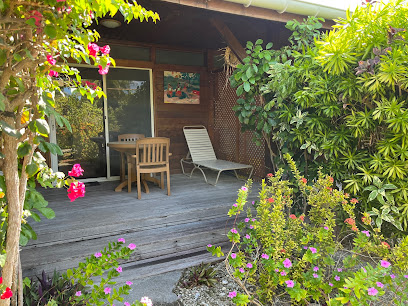
Rangiroa Diving Center
Explore the vibrant marine life of Rangiroa at the Rangiroa Diving Center, your gateway to underwater adventures in French Polynesia.
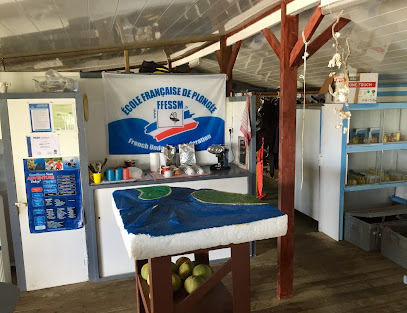
TEMATAKENA TATTOO by Moana
Experience the essence of Rangiroa with unique, culturally-inspired tattoos at Tematakena Tattoo by Moana, a premier tattoo destination in French Polynesia.
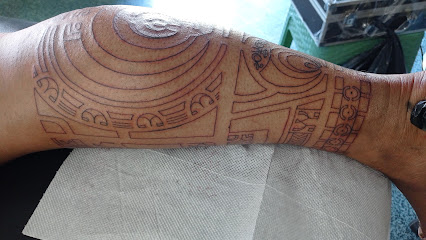
Topdive Rangiroa
Discover the underwater wonders of Rangiroa at Topdive, where adventure meets breathtaking marine beauty in French Polynesia.
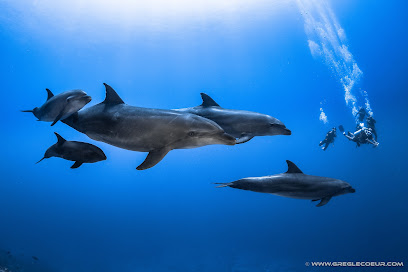
Y AKA Plongée RANGIROA
Explore the underwater paradise of Rangiroa with Y AKA Plongée, where unforgettable dives and vibrant marine life await.
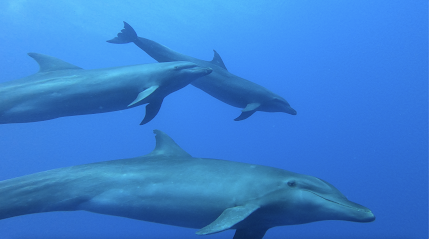
Rangiroa Plongee
Explore the vibrant underwater world of Rangiroa with expert-led scuba diving adventures at Rangiroa Plongee in breathtaking French Polynesia.
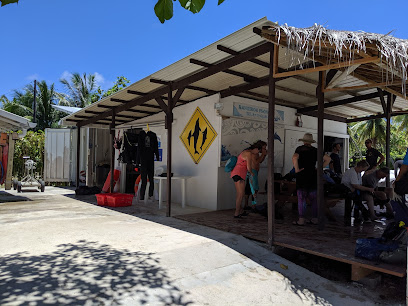
Chez Rua
Savor the flavors of Rangiroa at Chez Rua, your go-to spot for fast food delights in a tropical paradise.
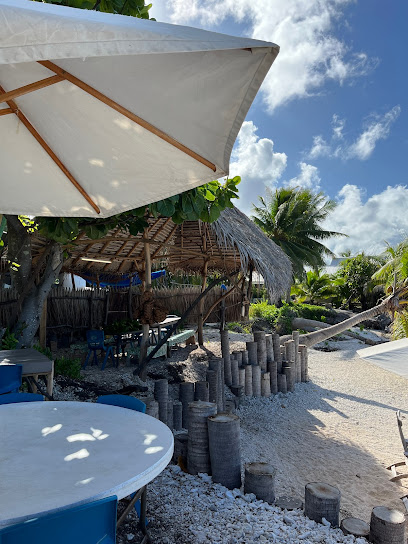
Gauguin's Pearl - Tahitian Pearl Farm
Explore the exquisite beauty of Tahitian pearls at Gauguin's Pearl in Rangiroa, a unique bead store showcasing the artistry of pearl farming.
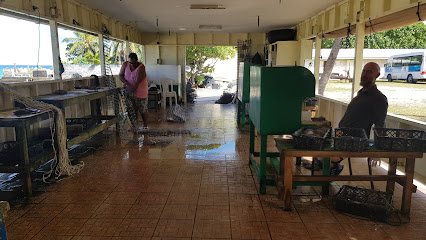
PEARLY
Explore the beauty of Rangiroa at Pearly, your gateway to the stunning landscapes and vibrant culture of French Polynesia.
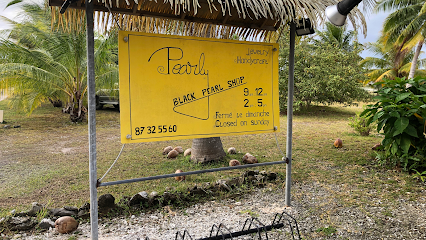
Manurani Homes
Experience the serene beauty of Rangiroa at Manurani Homes, where comfort meets stunning marine adventures in French Polynesia.
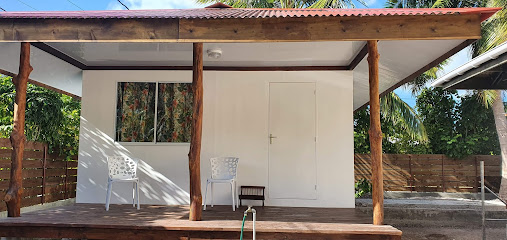
RANGIROA ACTIVITIES
Discover the breathtaking beauty and thrilling adventures at Rangiroa Activities in stunning French Polynesia, a paradise for every traveler.
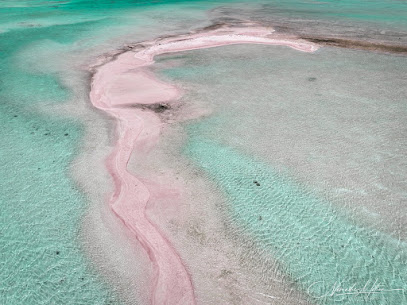
PENSION GLORINE RANGIROA
Discover the tranquil beauty of Pension Glorine in Rangiroa, a charming boarding house surrounded by the stunning waters of French Polynesia.

Pharmacie de Rangiroa
Discover Pharmacie de Rangiroa, your friendly pharmacy in Rangiroa, offering essential health products and expert advice for a worry-free vacation.
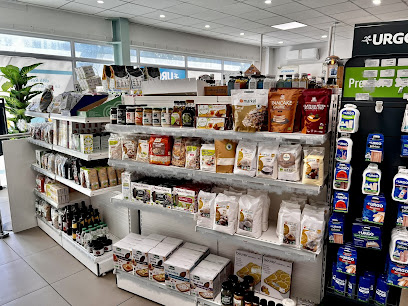
Magasin Vaimariu
Explore the vibrant local culture and daily life at Magasin Vaimariu, the charming supermarket in Rangiroa, French Polynesia.

Essential bars & hidden hideouts
The Six Passengers
Explore the stunning underwater landscapes of Rangiroa at The Six Passengers, a premier diving center in the heart of French Polynesia.
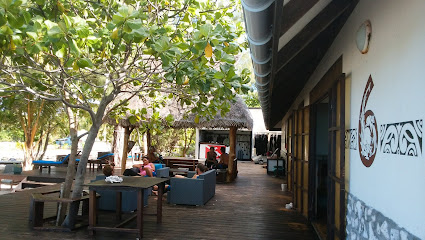
Bounty Rangiroa | Lodge & Boutique Hotel
Discover the serene beauty of Bounty Rangiroa Lodge & Boutique Hotel, where relaxation meets adventure in the heart of French Polynesia.
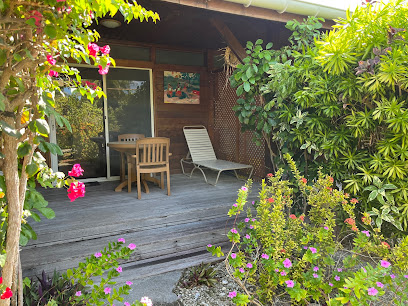
Snack Chez LiLi
Experience the authentic flavors of French Polynesia at Snack Chez LiLi, a top-rated culinary destination in Rangiroa, perfect for food enthusiasts.
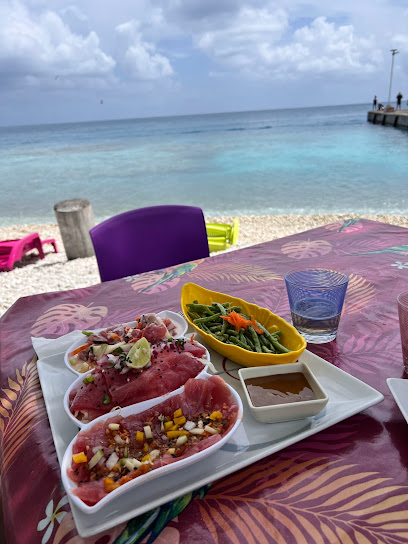
Hotel Maitai Rangiroa
Experience the ultimate relaxation at Hotel Maitai Rangiroa, a serene resort hotel in the breathtaking beauty of French Polynesia.

Chez Rua
Discover the vibrant flavors of Chez Rua, a fast food gem in Rangiroa, French Polynesia, where quick bites meet island charm.
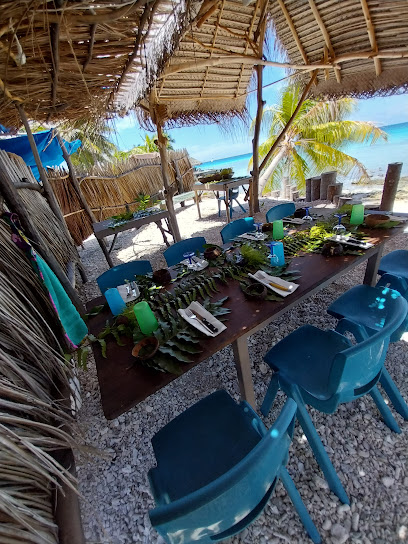
Snack Puna
Discover the flavors of Polynesia at Snack Puna, a delightful restaurant in Rangiroa offering fresh local dishes and a welcoming atmosphere.
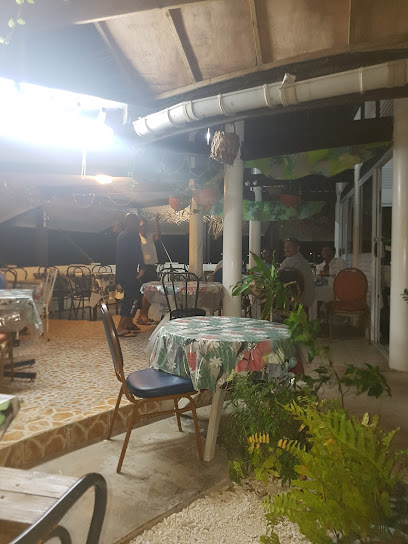
Raira Lagon Hotel
Discover the flavors of French Polynesia at Raira Lagon Hotel, a dining experience that blends local freshness with international flair.
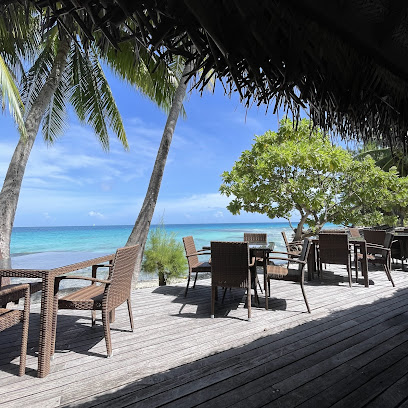
Pension Rangiroa Plage
Experience the serenity of Pension Rangiroa Plage, where stunning ocean views meet the warm hospitality of French Polynesia.

Snack Auguste et Antoinette
Experience the flavors of Rangiroa at Snack Auguste et Antoinette, a family-friendly restaurant offering authentic Polynesian cuisine in a warm atmosphere.

Pizzeria Moanatea
Experience the delicious fusion of Italian and Polynesian cuisine at Pizzeria Moanatea in Rangiroa, where every bite is a taste of paradise.

Snack Restaurant RIO
Experience authentic Polynesian cuisine at Snack Restaurant RIO in Rangiroa, where local flavors meet a welcoming atmosphere.
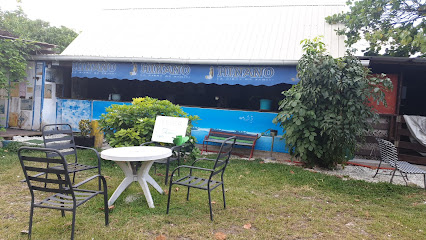
Restaurant Te Rai Roa
Discover the flavors of Polynesia at Restaurant Te Rai Roa in Rangiroa, where every meal is a tropical delight amidst stunning views.
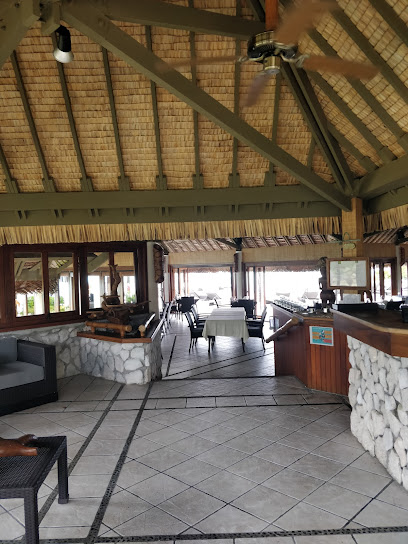
RANGIROA ACTIVITIES
Experience the breathtaking beauty and thrilling adventures of Rangiroa Activities, where the ocean meets culture in stunning French Polynesia.
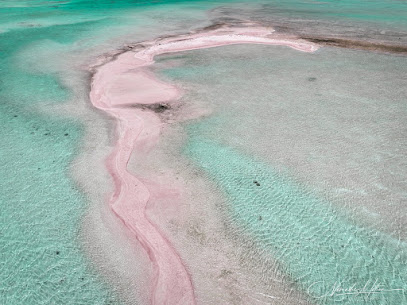
L'île aux pizzas
Experience the best local pizzas at L'île aux pizzas in Rangiroa, where fresh ingredients and island charm come together for an unforgettable meal.
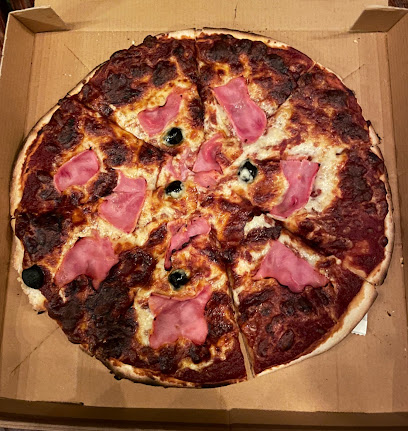
Magasin Vaimariu
Discover the best local products and essentials at Magasin Vaimariu, a vibrant supermarket in Rangiroa, French Polynesia.

Local Phrases
-
- HelloIa orana
[ee-ah oh-rah-nah] - GoodbyeNana
[nah-nah] - YesE
[eh] - NoAita
[eye-tah] - Please/You're welcomeMauruuru
[mah-roo-roo] - Thank youMauruuru
[mah-roo-roo] - Excuse me/SorryPardon
[pahr-dohn] - How are you?Aita pea pea?
[eye-tah peh-ah peh-ah] - Fine. And you?Maitai. O oe?
[my-tie. oh way] - Do you speak English?Ua parau parau anglais oe?
[oo-ah pah-rah pah-rah ahn-glay oh-way] - I don't understandAita e haamaitai
[eye-tah ay hah-mahy-tie]
- HelloIa orana
-
- I'd like to see the menu, pleaseMea atu i te menyu, maru
[may-ah ah-too ee tay may-noo, mah-roo] - I don't eat meatAita au e kai ia mea
[eye-tah oh ay kai ee-ah may-ah] - Cheers!Manuia!
[mah-noo-yah] - I would like to pay, pleaseMea atu i te moni, maru
[may-ah ah-too ee tay moh-nee, mah-roo]
- I'd like to see the menu, pleaseMea atu i te menyu, maru
-
- Help!Aide!
[eye-day] - Go away!Haere atu!
[hah-eh-ray ah-too] - Call the Police!Tapaina te Gendarmerie!
[tah-pie-nah tay jahn-dahr-muh-ree] - Call a doctor!Tapaina te taatai here!
[tah-pie-nah tay tah-ah-tie hay-ray] - I'm lostUa haere au i te hiti
[oo-ah hah-eh-ray oh ee tay hee-tee] - I'm illUa riri au
[oo-ah ree-ree oh]
- Help!Aide!
-
- I'd like to buy...Mea atu i te ...
[may-ah ah-too ee tay ...] - I'm just lookingE haere au i te titau
[eh hah-eh-ray oh ee tay tee-tow] - How much is it?E hia moni?
[eh hee-ah moh-nee] - That's too expensiveE rahi roa te moni
[eh rah-hee roh-ah tay moh-nee] - Can you lower the price?Aita e taura te moni?
[eye-tah ay tow-rah tay moh-nee]
- I'd like to buy...Mea atu i te ...
-
- What time is it?E hia te ora?
[eh hee-ah tay oh-rah] - It's one o'clockI te hiti e te haamutu
[ee tay hee-tee ay tay hah-ah-moo-too] - Half past (10)Te toru i te aroha
[tay toh-roo ee tay ah-roh-hah] - MorningPoipoi
[poy-poy] - AfternoonApoapo
[ah-poy-ah-poy] - EveningAroaro
[ah-roh-ah-roh] - YesterdayIneia
[ee-nay-ah] - TodayAtea
[ah-tay-ah] - TomorrowApa
[ah-pah] - 1Hiti
[hee-tee] - 2Piti
[pee-tee] - 3Toru
[toh-roo] - 4Aha
[ah-hah] - 5Rima
[ree-mah] - 6Ono
[oh-noh] - 7Hitu
[hee-too] - 8Varu
[vah-roo] - 9Iva
[ee-vah] - 10Aho
[ah-hoh]
- What time is it?E hia te ora?
-
- Where's a/the...?I hea te...?
[ee hey-ah tay] - What's the address?He aha te tuhinga?
[hay ah-hah tay too-hee-ngah] - Can you show me (on the map)?Aita e taura i au (i te mahere)?
[eye-tah ay tow-rah ee oh (ee tay mah-heh-ray)] - When's the next (bus)?He aha te ra e tae mai ai te (autobus)?
[hay ah-hah tay rah ay tie my eye tay (ow-toh-boo-s)] - A ticket (to ....)He etua (ki ...)
[hay ay-too-ah (key ...)]
- Where's a/the...?I hea te...?
History of Rangiroa
-
Rangiroa, one of the largest atolls in the world, has been inhabited for over a thousand years. The early Polynesians who settled the atoll were expert navigators and fishermen, relying on the rich marine resources of the area. Archaeological evidence, such as ancient marae (sacred sites), indicates the presence of complex social and religious structures among the early inhabitants.
-
The first recorded European contact with Rangiroa occurred in 1616 when Dutch explorers Jacob Le Maire and Willem Schouten sailed through the region. However, it wasn't until 1774 that the British explorer Captain James Cook documented the atoll during his second voyage to the South Pacific. Cook's detailed descriptions and maps paved the way for future exploration and contact.
-
In the early 19th century, Christian missionaries arrived in Rangiroa, marking a significant shift in the cultural and religious landscape of the atoll. The London Missionary Society played a crucial role in converting the local population to Christianity, leading to the construction of churches and the establishment of schools. This period saw the decline of traditional religious practices and the adoption of Western customs and education.
-
In 1880, Rangiroa and the rest of the Tuamotu Archipelago were formally annexed by France. The colonial period brought significant changes, including the introduction of new economic activities such as copra production. The French administration also implemented infrastructure projects, improving communication and transportation links within the atoll and with other parts of French Polynesia.
-
During World War II, Rangiroa gained strategic importance due to its location in the Pacific. The United States established a military presence on the atoll, constructing an airstrip and other facilities. Although the atoll did not see direct combat, its role as a logistical base contributed to the Allied efforts in the Pacific theater.
-
In the latter half of the 20th century, Rangiroa emerged as a popular tourist destination, renowned for its stunning lagoon, vibrant coral reefs, and world-class diving spots. The development of tourism infrastructure, including resorts and dive centers, has brought economic growth to the atoll. Efforts to balance tourism with environmental conservation have become increasingly important to preserve the natural beauty and biodiversity of Rangiroa.
-
In recent years, there has been a resurgence of interest in preserving and revitalizing traditional Polynesian culture on Rangiroa. Initiatives to teach the Tuamotuan language, celebrate traditional festivals, and protect cultural heritage sites are gaining momentum. This cultural revival is enriching the lives of both residents and visitors, providing a deeper understanding of Rangiroa's unique history and identity.
Rangiroa Essentials
-
Rangiroa is located in the Tuamotu Archipelago of French Polynesia. The nearest international airport is Faa'a International Airport in Papeete, Tahiti. From Papeete, you can catch a domestic flight to Rangiroa Airport, which is operated by Air Tahiti. The flight takes approximately one hour. Alternatively, there are occasional cargo and passenger ships that travel from Tahiti to Rangiroa, but flights are the most convenient option.
-
Rangiroa is a small atoll, and most places can be reached by walking or bicycling. Rental bicycles and scooters are available and are a popular way to explore the island. Taxis are also available, but they can be expensive. For exploring the lagoon and nearby motus (islets), boat tours are available and are highly recommended for a comprehensive experience of Rangiroa.
-
The official currency in Rangiroa is the CFP Franc (XPF). Credit cards are accepted in most hotels, restaurants, and larger shops, but it is advisable to carry cash, especially for smaller vendors and local markets. There are limited ATMs on the island, so it’s wise to withdraw sufficient cash before you leave Tahiti.
-
Rangiroa is generally a safe destination for tourists. However, it is always advisable to take standard precautions such as avoiding walking alone at night in unfamiliar areas and keeping an eye on your belongings. There are no specific high-crime areas targeting tourists, but staying vigilant is always a good practice.
-
In case of emergency, dial 17 for police, 18 for fire services, and 15 for medical emergencies. The local health clinic provides basic medical services, but for serious medical emergencies, evacuation to Tahiti may be necessary. It is recommended to have travel insurance that covers medical evacuation. Pharmacies are available for minor health issues and over-the-counter medications.
-
Fashion: Do dress modestly, especially when visiting local communities. Light, breathable clothing is recommended due to the tropical climate. Religion: Do respect local customs and traditions. Ensure to be respectful when visiting religious sites. Public Transport: Public transport is limited; do use bicycles and walking as primary means of transportation. Greetings: Do greet locals with a polite 'Ia Orana' (hello). A friendly smile goes a long way. Eating & Drinking: Do try local delicacies such as poisson cru (raw fish salad) and fresh coconut water. Don't refuse food or drink offerings, as it is considered impolite.
-
To experience Rangiroa like a local, visit the local markets where you can buy fresh seafood and traditional Polynesian crafts. Engage with the locals, who are often friendly and willing to share stories about their culture and way of life. Don't miss snorkeling or diving in the Tiputa Pass, known for its vibrant marine life. For a unique experience, take a boat tour of the lagoon and visit a pearl farm to learn about the cultivation of the famous Tahitian black pearl.
Trending Landmark in Rangiroa
-
Hotel Kia Ora Resort & Spa
-
The Six Passengers
-
Les relais de Joséphine
-
Hotel Maitai Rangiroa
-
Rangiroa Diving Center
-
Topdive Rangiroa
-
Pension Cécile
-
Rangiroa Plongee
-
Gauguin's Pearl - Tahitian Pearl Farm
-
Le Coconut Lodge
-
Snack Puna
-
Raira Lagon Hotel
-
Rangiroa Excursion
-
Pension Rangiroa Plage
-
AOTERA GUEST HOUSE
Nearby Cities to Rangiroa
-
Things To Do in Tetiaroa
-
Things To Do in Papeete
-
Things To Do in Tahiti
-
Things To Do in Moorea
-
Things To Do in Huahine
-
Things To Do in Raiatea
-
Things To Do in Bora Bora
-
Things To Do in Maupiti
-
Things To Do in Nuku Hiva
-
Things To Do in Marquesas Islands
-
Things To Do in Matavera
-
Things To Do in Muri
-
Things To Do in Ngatangiia
-
Things To Do in Avarua
-
Things To Do in Takitumu







